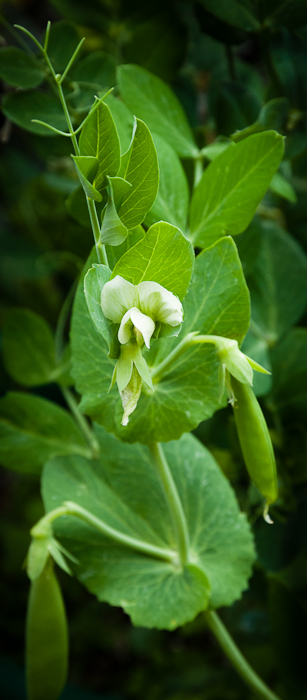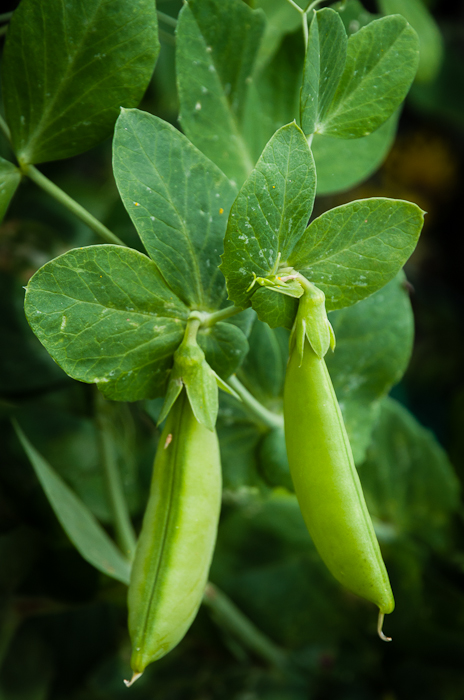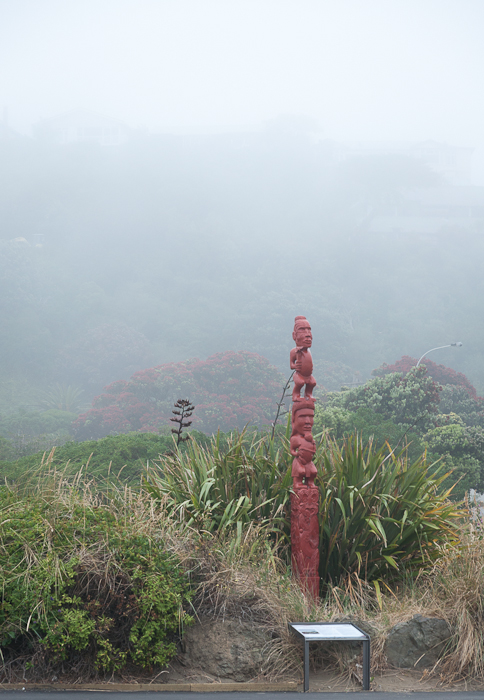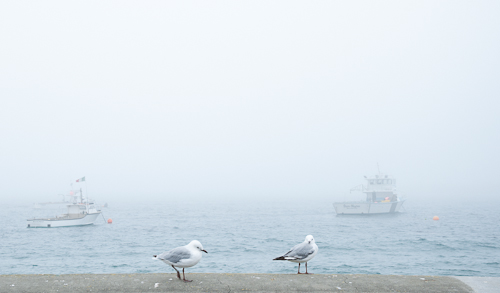Even if you don't have a garden it is possible to enjoy eating vegetables that you have grown in containers - some are just extra tasty when fresh.
Sugar snap peas are edible podded, or mangetout, peas - meaning you can eat the peas in their pod rather than shelling them out. I think of them as a crisp sweet treat picked fresh from the plant, and if you have good self-control they are great added raw to salads or cooked in stir fries (but why cook them, I wonder, when they are so nice fresh?).

Instructions for growing peas are readily available, but my approach to growing them is determined by two features of where I live - WIND and precious little topsoil. Pea plants are climbing plants - described as having a "vining habit," their tendrils are amazing in their capacity to cling on to anything that helps them reach up to the sun. However, there is a bush form of the sugar snap pea, and that is what I use - I don't want them growing too high because the wind will just wreck them, and they are ok with being grown in pots.
Pea plants don't like really hot weather and so are best planted early in the season, with the aim of having lots of production before high summer. But I plant them when I remember, confident that we will not get too hot in the summer - there is an upside to our less than perfect weather!
You have to be careful not to disturb their roots when transplanting but I prefer to plant the seeds in starter pots to protect the little plants from snails and wind till they are reasonably robust. Then I transplant them in groups of 3 or 4 into reasonable sized pots - at least 30cm diameter and around that in depth to give a decent root zone, in a mixture of home-made compost with some commercial potting mixture and a bit of fine pumice added to help with drainage. While they are more tightly packed together than recommended, they protect and support each other this way.
I can move the pots to keep them in enough sunshine and enough shelter - it's a pay off.
They will often have less than the recommended minimum six or so hours of sunshine, but still they thrive. I do have to remember to keep them from drying out - pots and raised beds are much more vulnerable to this.

I think that these pea plants are very attractive with the fresh green leaves and pods and the creamy coloured flowers. The peas are produced in reasonable abundance - you just have to remember to keep watering the plants and picking and enjoying the peas. Growing for substantial food production is a really different business from my casual approach - but what I do is realistic for me. While I have managed to improve the soil in some parts of our section, the wind exposure limits what I can plant in those areas, and I am learning to be realistic about what I can hope for, and to enjoy what I can grow.
And to me these peas are, indeed, pretty special - I recommend them!
















